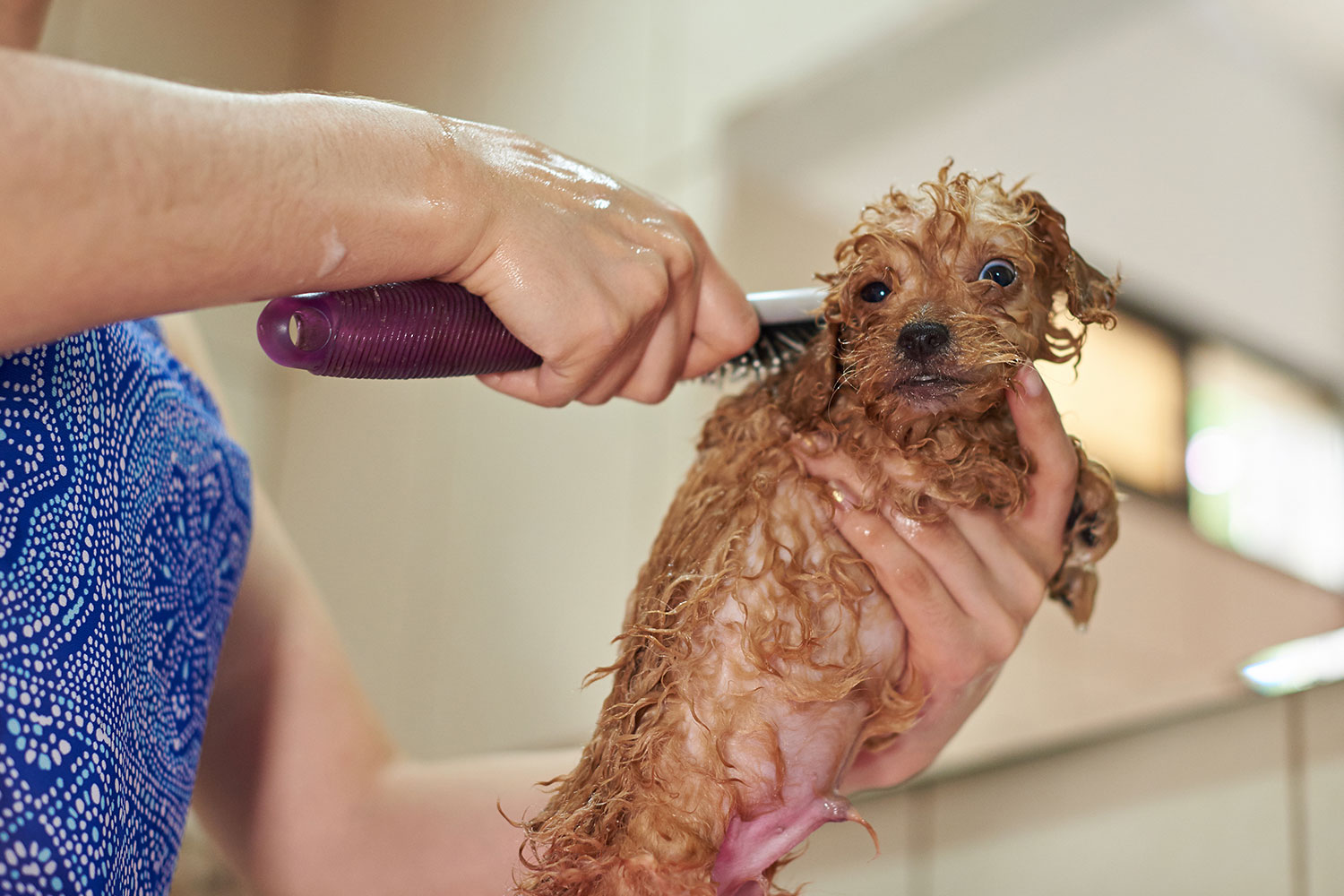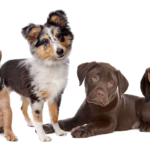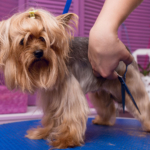- lmplovemypuppy
- February06,2023
- 721
- 0
When you have an adorable new puppy in the house, it’s certainly a great time to start exploring a joyful and loving relationship. However, to ensure your dog develops the proper social skills, you need to begin proactive training as early as you can. This includes getting them used to experiences like professional grooming and vet visits very early on. But how do you know when to start grooming a puppy? Read on to find out.
When Can I Start Grooming My Puppy?
You can look into getting your new pup groomed after he has separated from his mother, gotten acquainted with his new environment, and developed a connection with you as his new parent. With this as a guide, we would advise only getting their first groom at 12 weeks old.
What Should Their First Grooming Appointment Include?
Their first-ever grooming session introduces your pup to the realm of grooming. Introduce the puppy to bathing, blow drying, minor fur trimming, and light nail trimming. Do not give your puppy a full head-to-toe haircut the very first time they are groomed. This is because forcing a puppy to stay still and be groomed for two hours is too much to expect from them. It would be equivalent to expecting a toddler to remain still for an hour without moving about, pottying, or playing with anything.
That is why for a puppy’s introductory groom, we advise performing only the basics. Allow the groomer to wash them, gently dry them, trim their toenails, and polish up any overgrown furs surrounding their eyes, paws, and sanitary regions. Puppies can only really manage this. Based on how your puppy responds to the preliminary grooming, we suggest conducting this light grooming a few more times before a complete groom.
Over time, your puppy will slowly be taught to remain still while scissors are near their face and as their paw pads are being shaved. As your puppy grows more accustomed to your groomer and the grooming tools, and more comfortable sitting on a tall grooming table or bathing tub, they will become more relaxed even in stressful situations as they grow older.
What Can I Do to Prepare My Puppy?
- Bring Them in Early: Grooming a 6-month-old dog for the very first time is far more challenging than grooming a 12-week-old pup. The 6-month-old would have already developed environmental anxiety and intolerance to such stressful situations. If the owner hasn’t prepared the puppy with any kind of regular brushing or nail trimming at this stage of its development, it makes it almost impossible for the groomer to gain the 6-month-old’s trust.
- Do Regular Home Grooming: For a puppy to get acclimated to grooming and have a good time at the groomer’s, home grooming is equally important. Additionally, this stage of a puppy’s life is critical for keeping its coat from matting. Puppies typically develop their adult coat at approximately six months old. Certain breeds’ puppy coats do not actually drop off and will get knotted with the adult coat if not groomed regularly.
- Get the Right Tools: Different kinds of grooming instruments are needed for various kinds of dog fur. Experienced groomers should be happy to answer your queries and teach you what the proper tools for your pup are.



